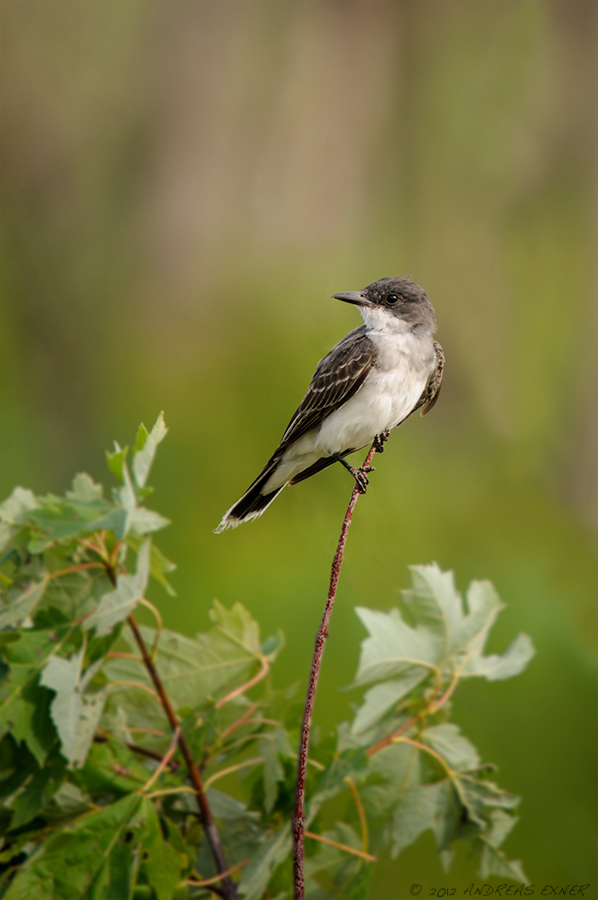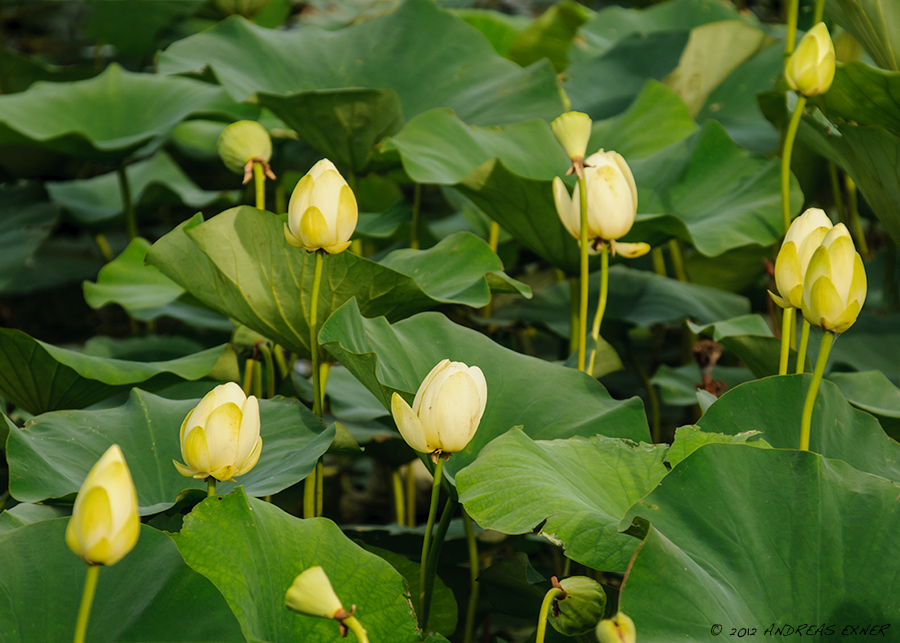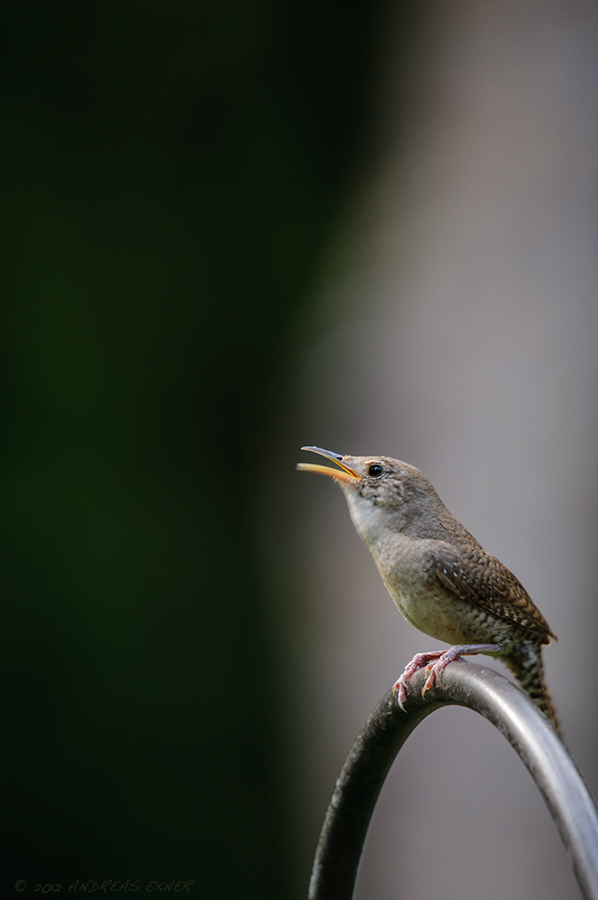On our way from Colorado's State Forest State Park to Rocky Mountain National Park we stopped a couple times at access points to the Arapaho National Wildlife Refuge. It is situated in a glacial basin in north-central Colorado and is known locally as North Park. According to the information brochure of the U.S. Fish and Wildlife Service the refuge provides habitat for a variety of wildlife including 208 species of birds, 37 species of mammals, 6 species of reptiles and amphibians, and 10 species of fish. We saw quite a few animals including Moose, Mule, Deer, Northern Harriers, American Avocets, and others. The downside of just passing through an area during day time is that the photographer has no chance to wait for the best light or even wait for the wildlife to come. Our travel plans allowed only for a short but very pleasant visit.
One of the little critters you may find there is the White-tailed Prairie Dog. We have seen its cousin the Black-tailed Prairie Dog in the Badlands, South Dakota before but the white-tailed lives in higher elevations like North Park. They warn each other with alarm calls if danger, like a circling bird of prey, shows up and within a moment every prairie dog disappears in a hole. This one here stood almost motionless between the sagebrush and was obviously on guard. We had great fun watching them.















